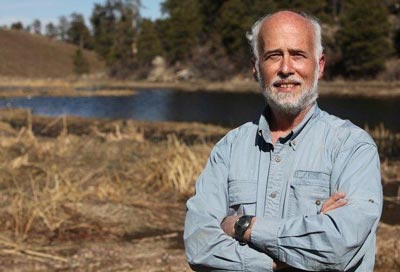For decades, wildlife corridors have been promoted as a strategy to help species move through human-dominated landscapes. Two researchers at Northern Arizona University are searching for 100 landscapes around the world in which they can launch the first research project to determine the effectiveness of long, wide corridors in urban and agricultural landscapes.
Paul Beier, professor of conservation biology in NAU’s School of Forestry, has written extensively about wildlife linkage design, but admits “we really don’t know whether these corridors will help animals bypass farms, cities and highways so they can maintain gene flow between big parks and natural areas.”
For gene flow to occur, animals need to settle in a new habitat patch and produce offspring there. Species benefit from genetic variation and from a reduction of inbreeding.
Because corridors can be costly, and considering the need for some species to shift to new areas in response to climate change, Beier said the quest for more conclusive research has become more urgent.
In response, Beier is teaming with NAU post-doc Andrew Gregory to find large corridors that have been stable for 20 to 50 years so that genetic patterns will indicate the value of the corridor. They have created a website and a Facebook page as part of a larger campaign to contact scientists. So far, 10 of the landscapes suggested to them have been confirmed as suitable for the study.
Gregory said although previous research provided evidence that tiny experimental corridors are used by animals, those studies provide “flimsy evidence for spending $20 million on a 5-mile-long corridor through a matrix of farms and cities to promote gene flow for dozens of species.”
Beier and Gregory believe some corridors work but that others fail to provide gene flow because they are too narrow, or because of poor habitat conditions in or adjacent to the corridor. They want to identify the factors that are associated with successful corridors by measuring gene flow in the 100 corridors they seek.



